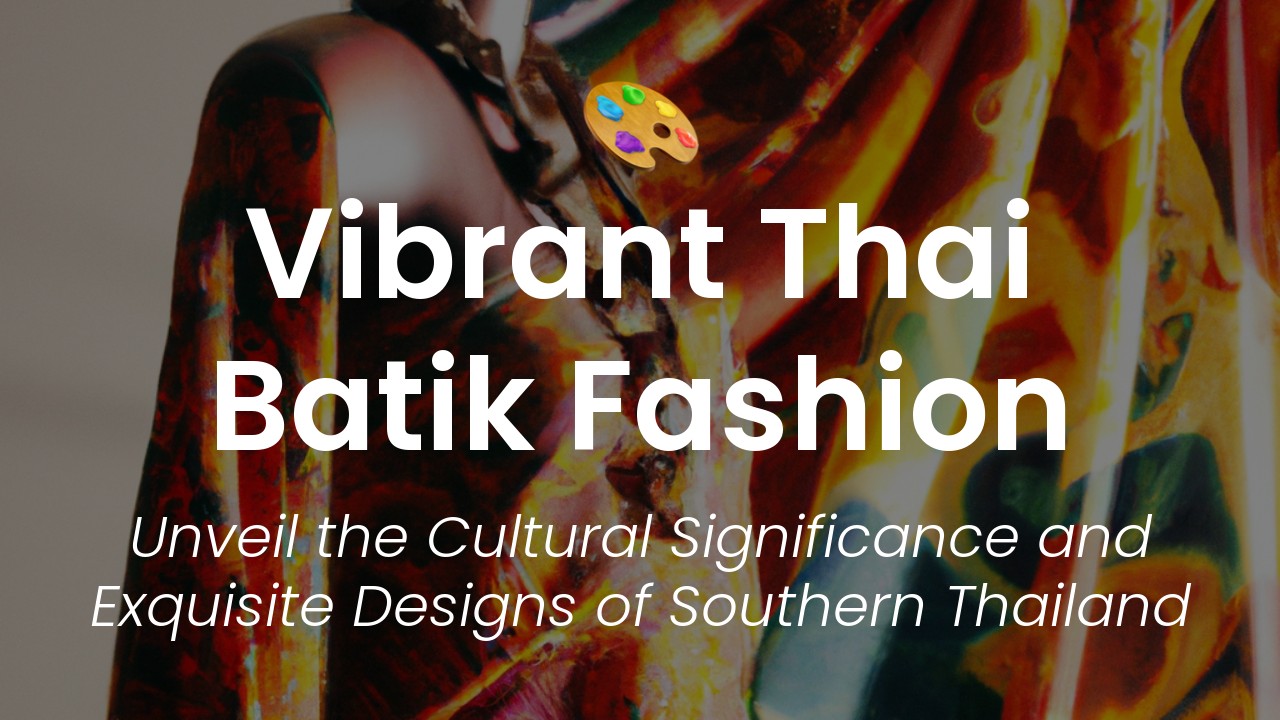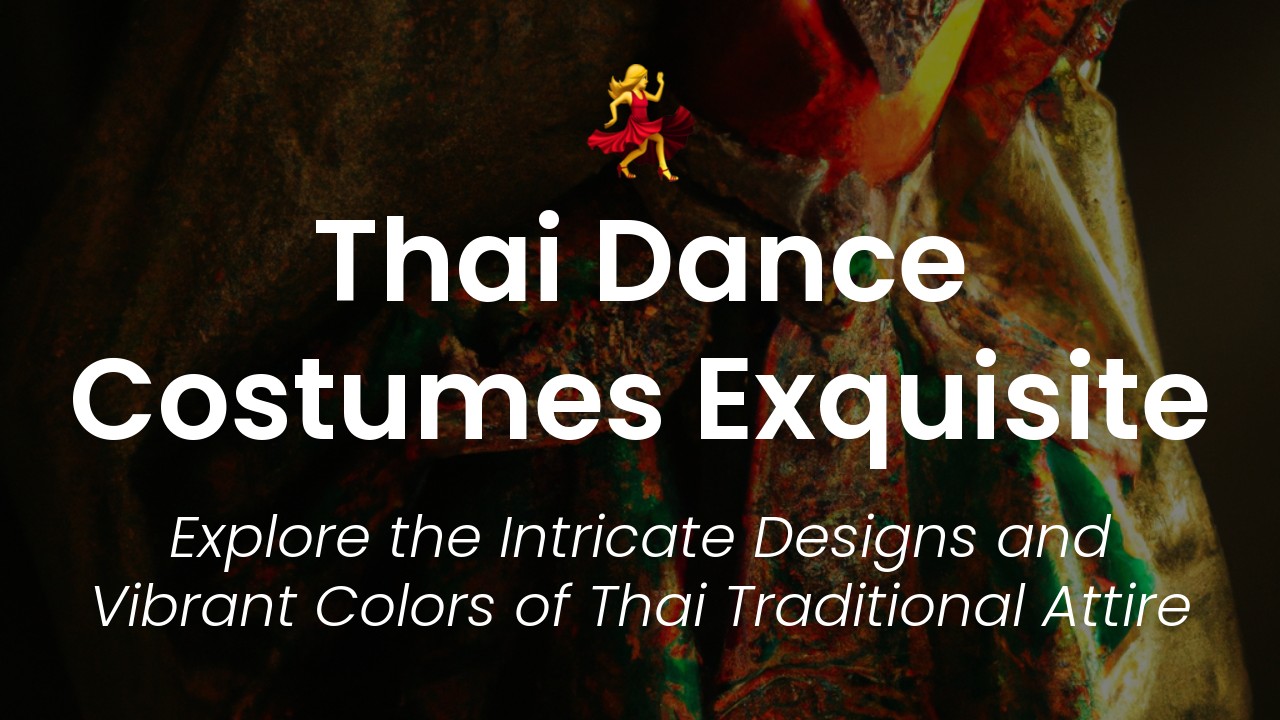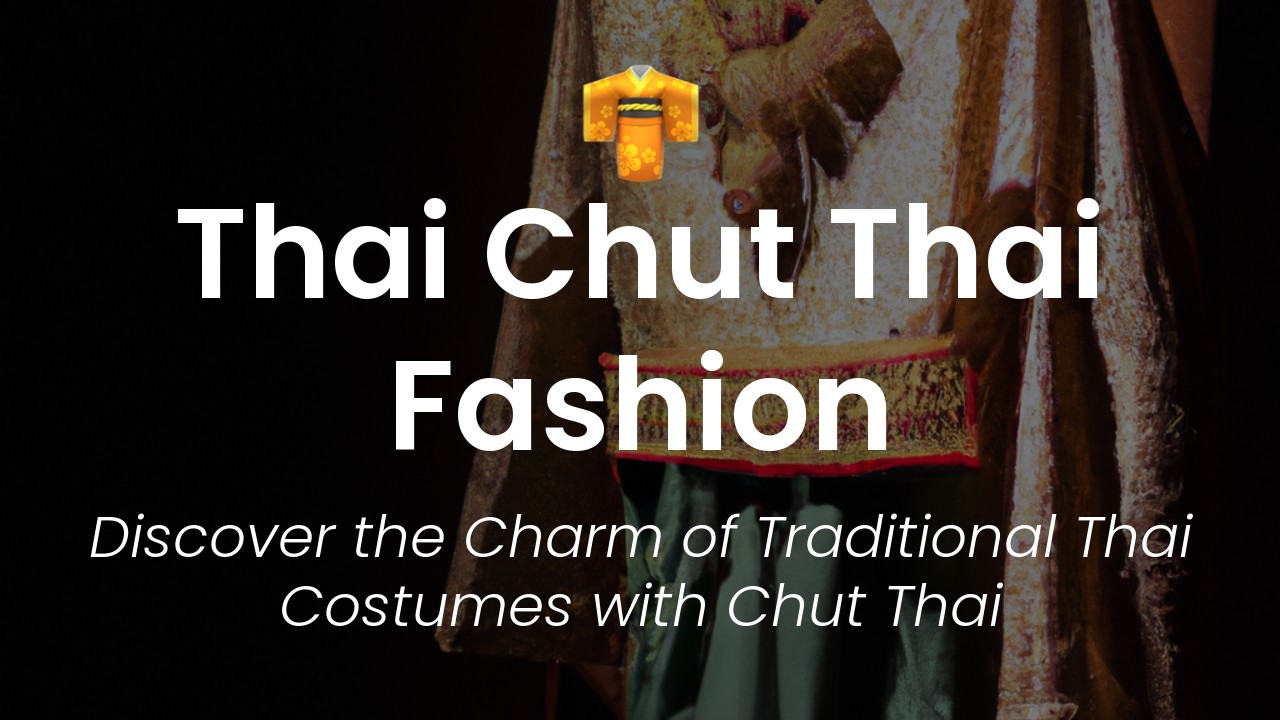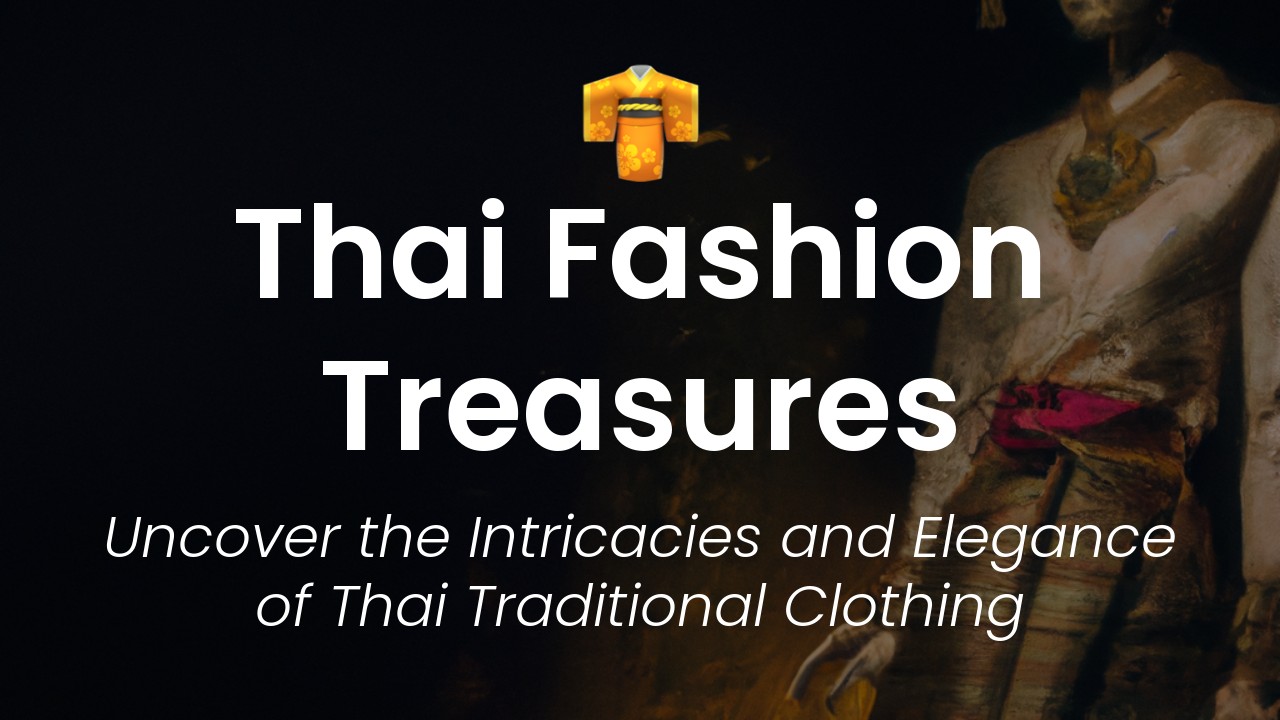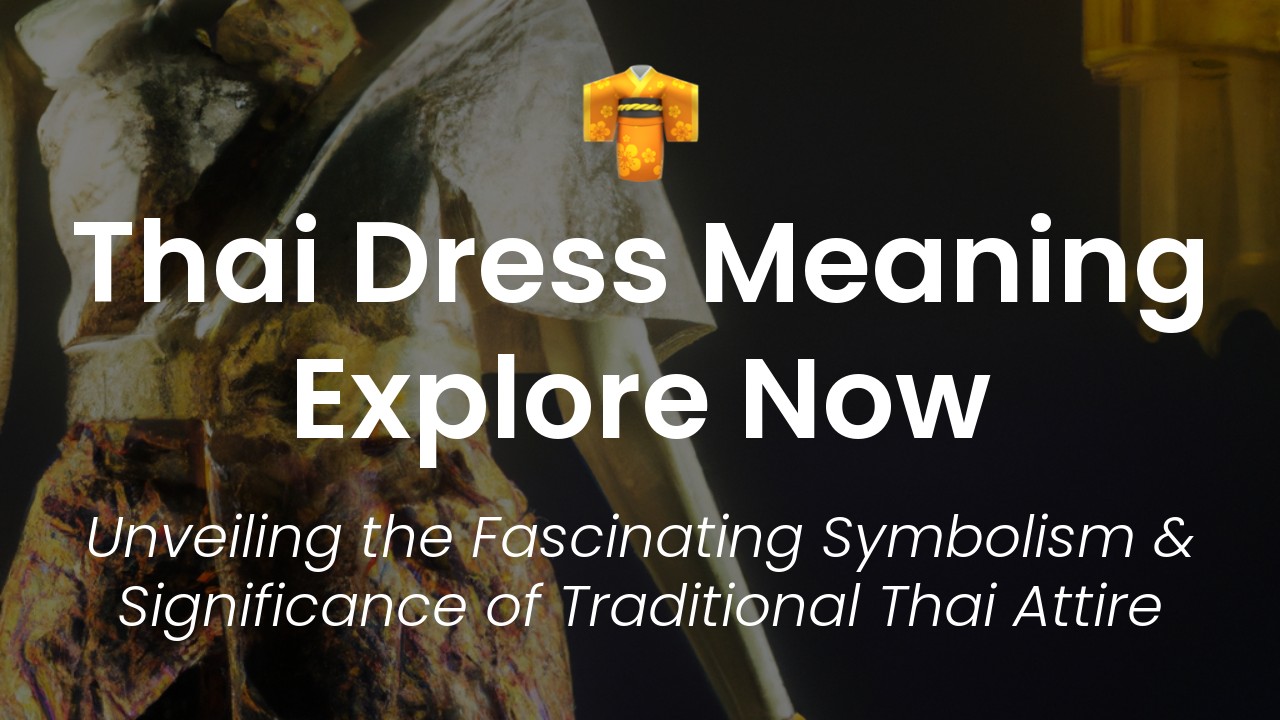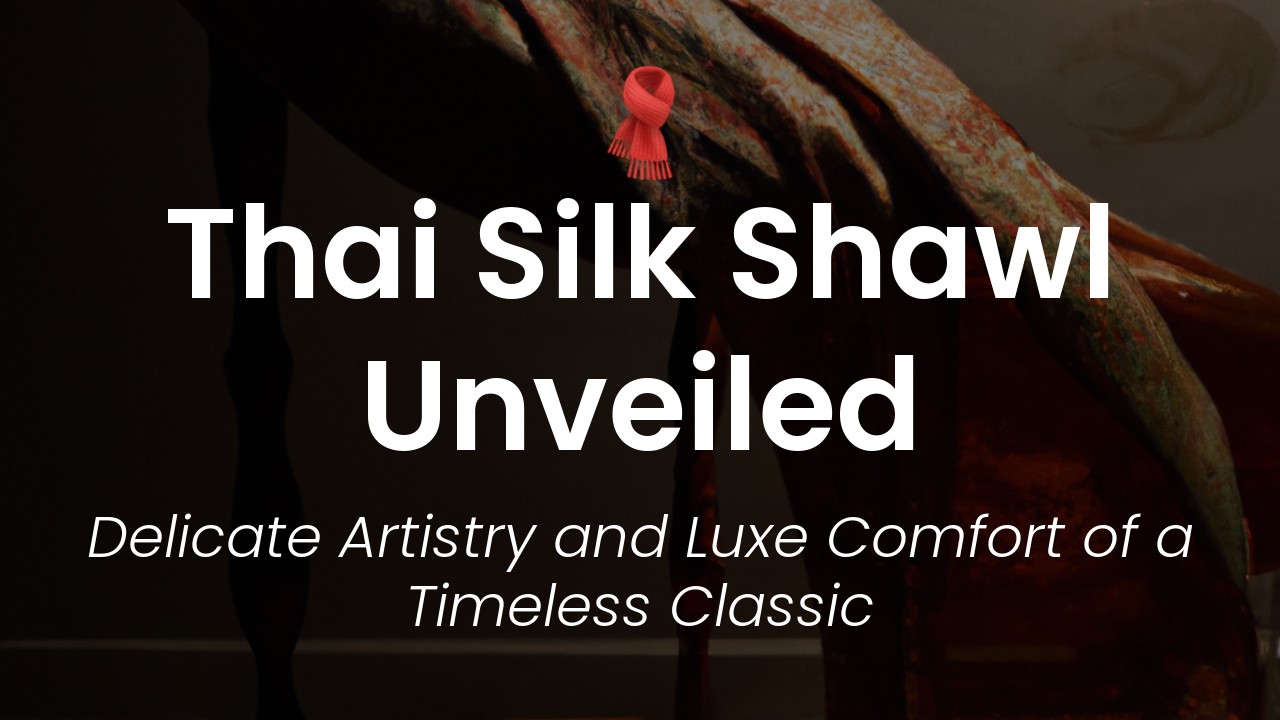As a Thai native, I am always amazed by the beauty of my country. From the stunning beaches of Phuket to the lush forests in Chiang Mai, Thailand is a wonderland of colors, scents, and flavors. But there is something about the Southern region of Thailand that captures my imagination like no other place does. Perhaps it's the warmth of the people or the rhythms of the waves crashing against the shore. But I believe that the true magic of the South lies in its vibrant and colorful batik fashion.
Batik is an ancient art form that has been practiced in Thailand for centuries. The word “batik” comes from the Malay word “titik,” which means to dot, and refers to the intricate patterns created by applying wax to fabric before dyeing it. In Southern Thailand, particularly in the provinces of Phuket, Krabi, and Trang, batik has evolved into a unique style that blends traditional designs with modern fashion trends. The result is a stunning array of dresses, shirts, skirts, and accessories that are both chic and timeless.
In this blog article, I will take you on a journey to discover the vibrant colors of Southern Thai batik fashion. From the history of batik in Thailand to the techniques used to create these masterpieces, we will explore the world of this beautiful art form. We will also discover the best places to shop for batik fashion in Southern Thailand and get tips on how to style your new batik pieces. So sit back, relax, and let's embark on a colorful adventure that will leave you craving more of the lively spirit of Southern Thai batik fashion.
The Ancient Art of Batik
Batik is a traditional textile art form that has been practiced for centuries in countries throughout Southeast Asia, including Thailand. In basic terms, it involves using wax to create designs on fabric, which is then dyed in various colors. The waxed areas resist the dye, allowing the intricate patterns to emerge.
The art of batik is believed to have originated in Java, Indonesia, but it has since spread throughout the region and developed into unique styles and techniques in each country. In Thailand, batik is particularly popular in the southern region, where it is known for its vibrancy and bold designs.
Roots of Southern Thai Batik
Southern Thai batik has its roots in the Malay traditions that were brought to the region by Muslim traders and merchants. The designs often feature intricate geometric patterns and floral motifs, and the colors used are bright and eye-catching.
One of the most distinctive features of southern Thai batik is the use of a hand-carved wooden stamp known as a "tjap" to create the designs. These stamps are made from the trunks of the "krajood" tree, which is found only in the southern parts of Thailand. The tjap is dipped in hot wax and then stamped onto the fabric to create the designs.
Techniques and Tools Used in Batik
Creating batik fabric is a time-consuming process that requires skill and patience. The first step is to draw the chosen design onto the fabric using a pencil or chalk. Then, hot wax is applied to the areas that will remain the original color of the fabric. This can be done using a tjap or a "canting," which is a tool similar to a pen that allows the wax to be applied with greater precision.
After the wax has dried, the fabric is immersed in a dye bath. The areas covered in wax resist the dye, creating the intricate patterns. Depending on the design, this process may need to be repeated with different colors and layers of wax.
Once the dyeing is complete, the fabric is boiled to remove the remaining wax. The finished product is a colorful piece of fabric with a unique design that is both beautiful and functional.
Vibrant Colors and Patterns
Southern Thai batik is known for its bright, bold colors and intricate patterns. The designs often feature geometric shapes such as diamonds, squares, and triangles, as well as floral motifs like lotus blossoms and jasmine flowers.
The colors used in southern Thai batik are also distinctive and bold. Bright oranges, pinks, and yellows are often used, as well as deep blues and greens. The finished products are colorful and eye-catching, making them popular for use in clothing, accessories, and home decor.
Diverse Uses of Batik Fashion
Batik fabric is versatile and can be used in a variety of ways. In southern Thailand, it is used to create traditional clothing such as sarongs and wrap skirts. It is also used to make bags, scarves, and other accessories.
In recent years, there has been a growing interest in batik fashion around the world. Designers are incorporating batik fabrics into their collections, creating modern and stylish pieces that showcase the beauty of the traditional art form.
Conservation Efforts to Preserve Batik Culture
Despite the popularity of batik fashion, the art form is in danger of dying out. The use of synthetic dyes and mass-production techniques has led to a decline in the quality and authenticity of traditional batik.
To counter this trend, there have been efforts to preserve and promote traditional batik. Organizations such as the Batik Guild and the World Batik Council are dedicated to promoting and advancing the art form. There are also initiatives to support local artisans and preserve the traditional techniques, such as apprenticeships and educational programs.
Where to Find Southern Thai Batik Fashion
If you are interested in southern Thai batik fashion, there are many places where you can find unique and authentic pieces. Local markets and shops in southern Thailand are a great place to start, where you can find a wide range of clothing and accessories.
For those who are unable to travel to Thailand, there are also online retailers that specialize in batik fashion and ship internationally. These retailers often work directly with local artisans, ensuring that the pieces are authentic and of high quality.
Conclusion
Southern Thai batik is a magnificent art form that has been passed down from generation to generation. It is a true expression of the culture and heritage of the region, and its vibrant colors and intricate patterns are a feast for the eyes. By supporting traditional batik artisans and promoting the art form, we can help ensure that this important part of our cultural heritage is preserved for generations to come.

